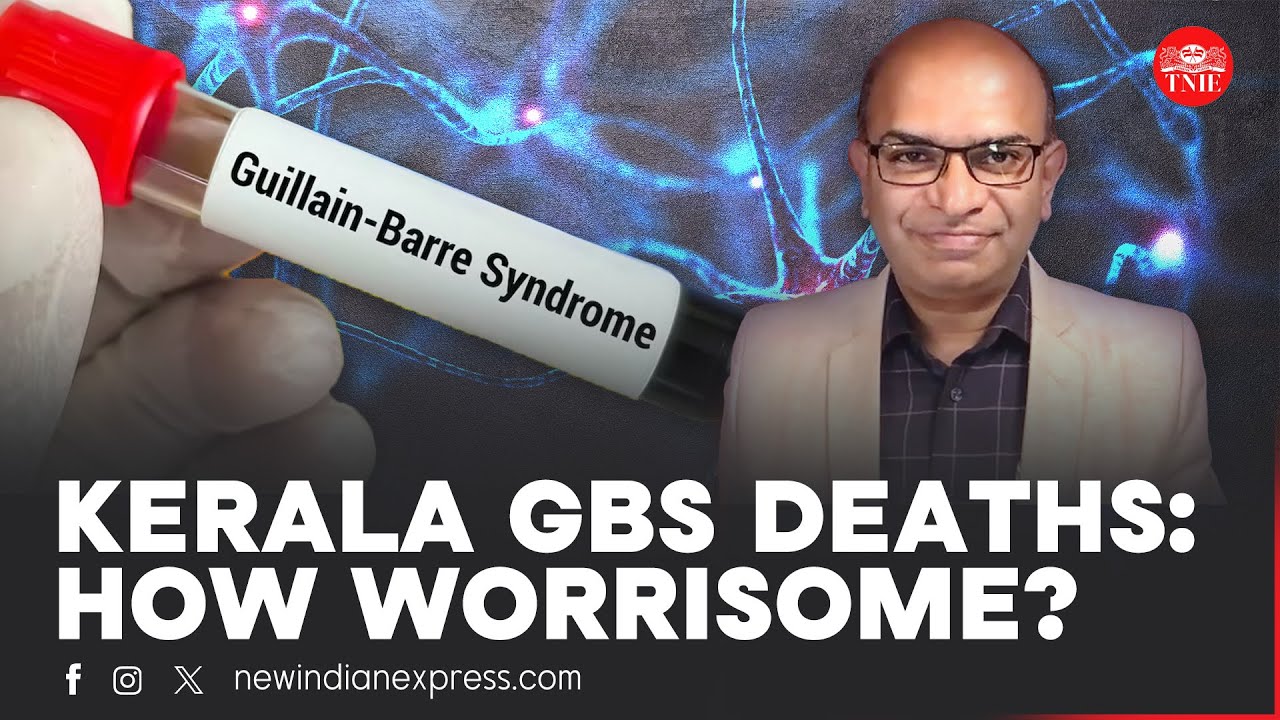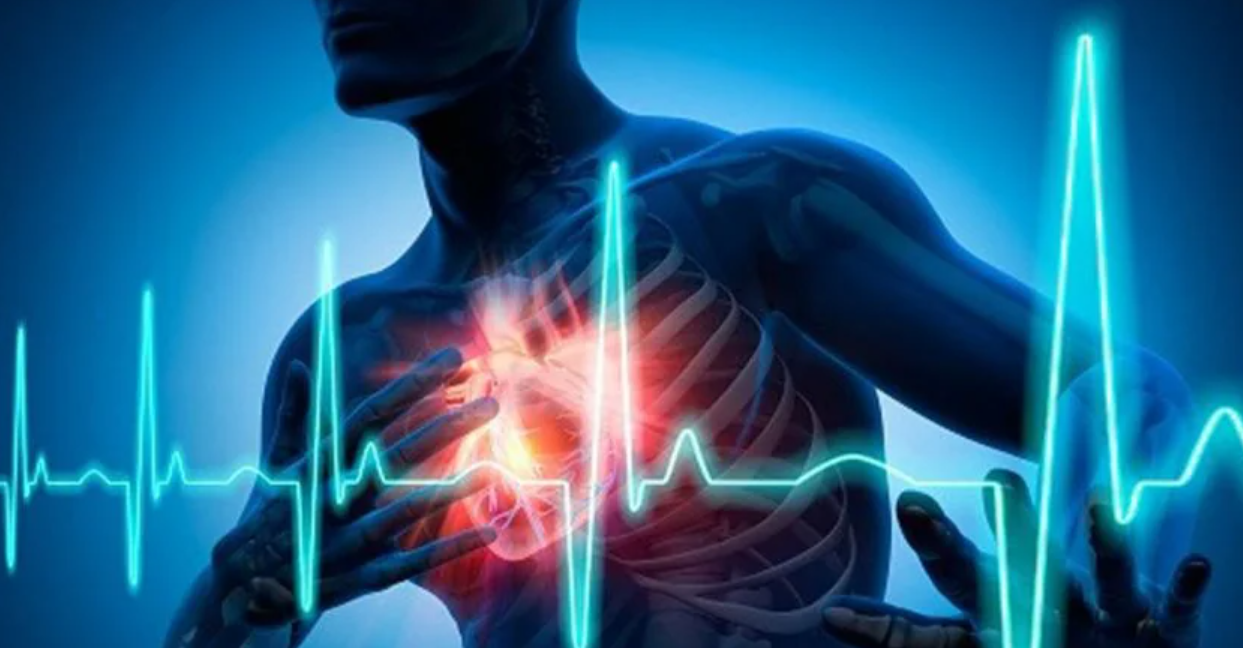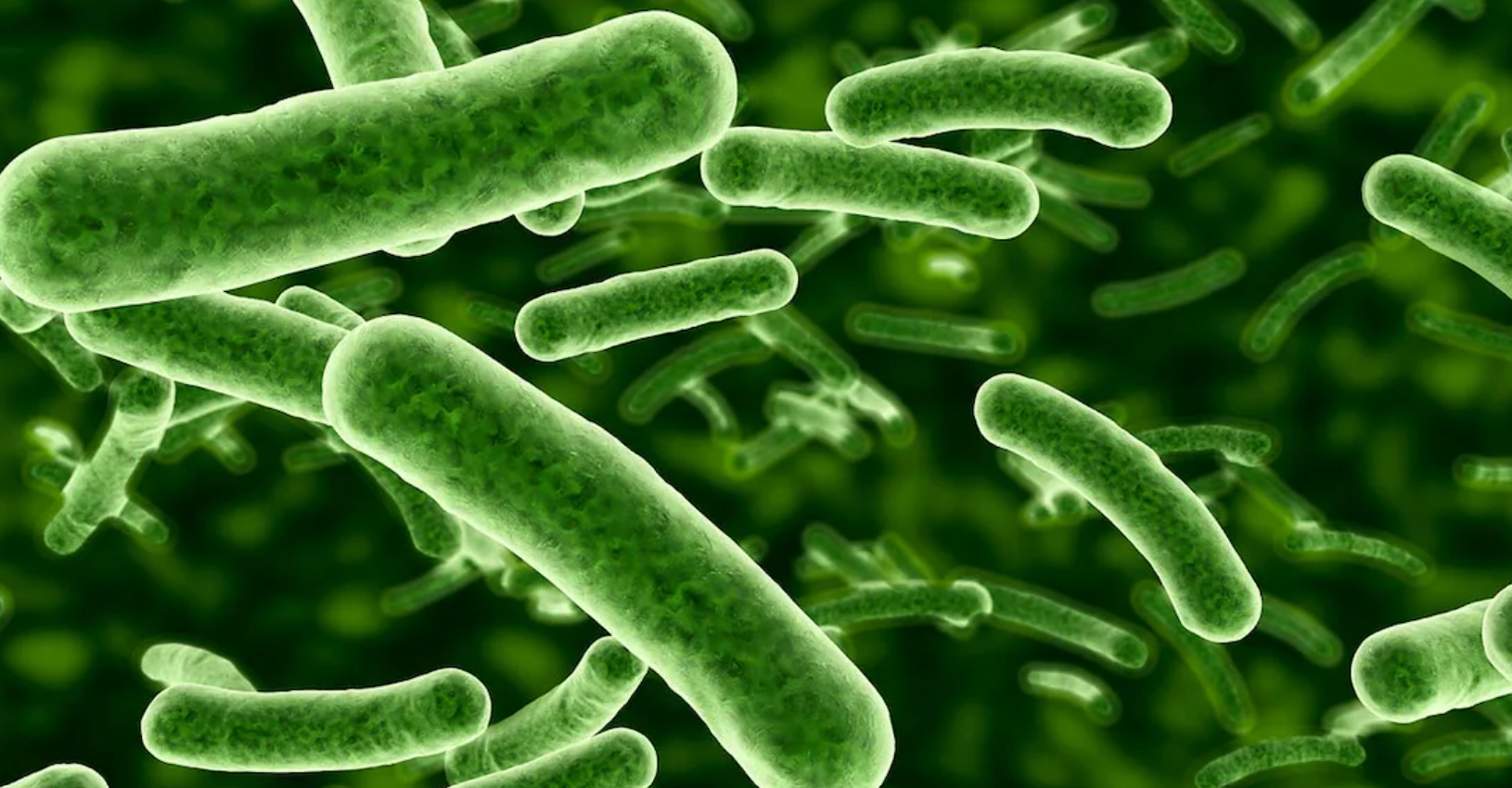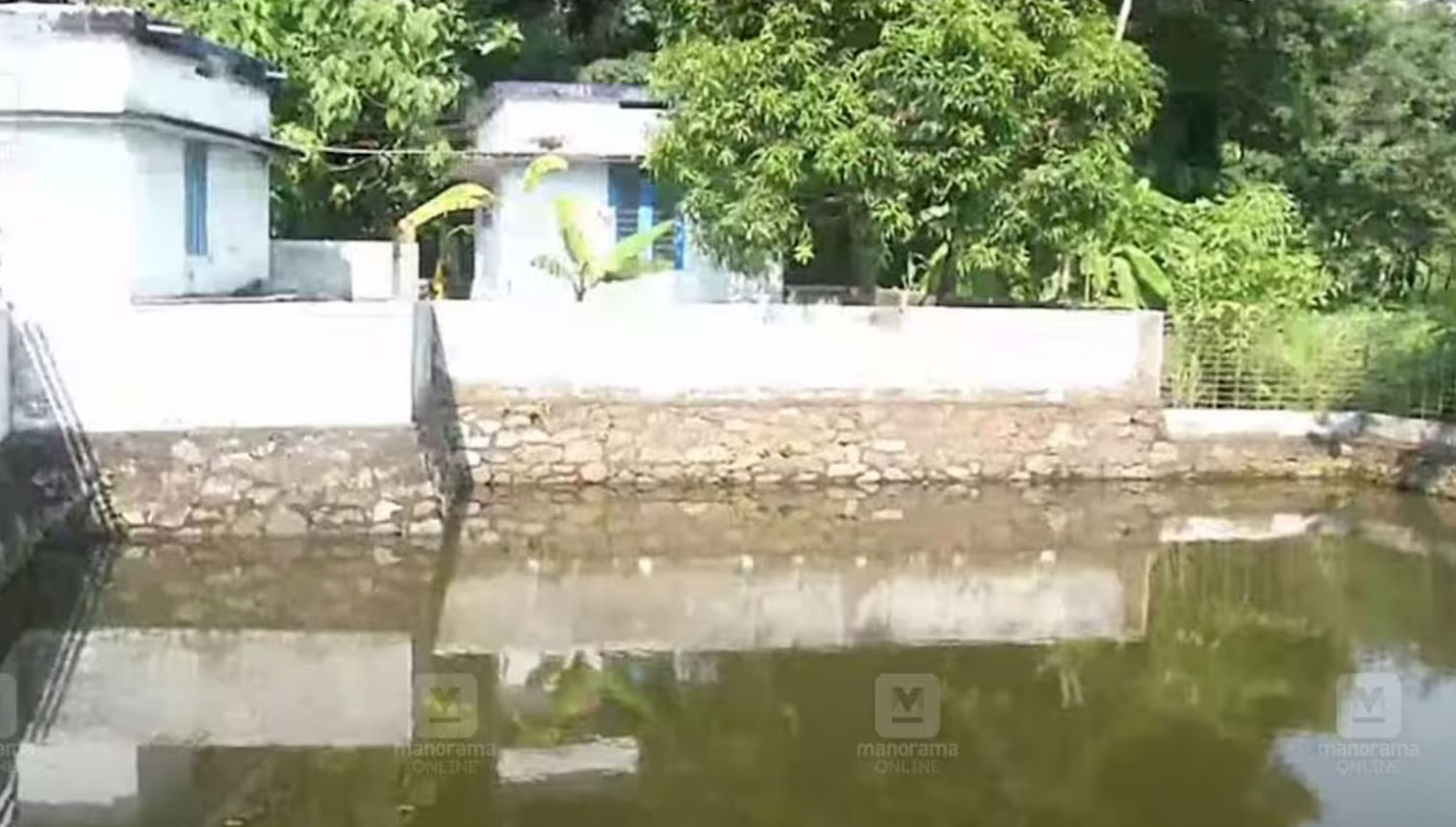
Primary prevention of road accidents
- Home
- Primary prevention of road accidents

Deaths and disability from road accidents are not yet widely regarded as a public health problem in our country. However, it is perhaps the public health issue that requires the most attention, as it is amenable to primary prevention at very little cost to the system.
Primary prevention, in public health terms, is an intervention that stops an event from occurring, while secondary and tertiary prevention apply to an event that has already occurred. For example, asking someone to stop smoking is an example of primary prevention of lung cancer.
Every year, road accidents kill or permanently disable more than 36,000 individuals in Kerala, more than the number of new cancer cases. It is very much a preventable public health problem, like polio, malaria, or H1 Nl.
Though our road conditions arc not optimal, the vast majority of accidents are in fact caused by human error – lack of basic knowledge of biology and physics. Behavioral anomalies stemming largely from ignorance and faulty passive learning, collectively called “Hazardous Road Behavior”, plays an important part in causing road accidents, much like smoking leads to heart disease and inadequate mosquito control leads to malaria.
Many people assume that accidents in India are caused by bad roads, and that by building better roads the accident rate will come down. This is not true. If bad roads caused accidents, then, logically, none of us would be alive today. It is when bad roads combine with hazardous road behaviour, that accidents happen. The objective of our campaign is to educate the public about the existence of the district entity called Hazardous Road Behaviour and then to get them to eliminate such behaviours.
Law enforcement can only become effective if civilians can understand the scientific basis of each law. For example, the law about scat-belts is, in fact, to prevent head injury of the passengers inside a moving vehicle. Very few civilians understand this. If people were told this in the first place, along with reasonable explanation of the physics and biology of an automobile collision, they are more likely to voluntarily want to protect themselves by wearing a seat belt, even without thinking about the law enforcement angle.
The UN and WHO have announced 2011-1020 as the
decade of action for road safety. For the years 2013-2015, IMA Cochin branch has chosen PREVENTION OF ROAD ACCIDENTS as our social theme, perhaps the first time medical doctors in India are making an organized attempt to make a difference in this area of great need. As members of the medical community, we can work together to focus our effort towards reducing the incidence of road accidents, largely through community education.
It is also essential that, this topic needs to be incorporated in the MBBS curriculum of Social and Preventive medicine at the earliest.
In western countries, general practitioners and internists take an active part in educating their own patients about safe use of motor vehicles and safe use of the road, along with other routine preventive medicine advice such as vaccinations, control of BP, BMI, cholesterol, blood sugar and tobacco use. It is high time we as doctors started doing this for our patients and for their families.
The following easy preventive steps can be taught to and adopted by everyone, and will greatly decrease the risk of injury or death on the road. Details are available in
Deaths and disability from road accidents are not yet widely regarded as a public health problem in our country. However, it is perhaps the public health issue that requires the most attention, as it is amenable to primary prevention at very little cost to the system.
Primary prevention, in public health terms, is an intervention that stops an event from occurring, while secondary and tertiary prevention apply to an event that has already occurred. For example, asking someone to stop smoking is an example of primary prevention of lung cancer.
Every year, road accidents kill or permanently disable more than 36,000 individuals in Kerala, more than the number of new cancer cases. It is very
much a preventable public health problem, like polio, malaria, or H1 Nl.
Though our road conditions are not optimal, the vast majority of accidents are in fact caused by human error – lack of basic knowledge of biology and physics. Behavioral anomalies stemming largely from ignorance and faulty passive learning, collectively called “Hazardous Road Behavior’:, plays an important part in causing road accidents, much like smoking leads to heart disease and inadequate mosquito control leads to malaria.
Many people assume that accidents in India are caused by bad roads, and that by building better roads the accident rate will come down. This is not true. If bad
roads caused accidents, then, logically, none of us would be alive today. It is when bad roads combine with hazardous road behaviour, that accidents happen. The objective of our campaign is to educate the public about the existence of the district entity called Hazardous Road Behaviour and then to get them to eliminate such behaviours.
Law enforcement can only become effective if civilians can understand the scientific basis of each law. For example, the law about seat-belts is, in fact, to prevent head injury of the passengers inside a moving vehicle. Very few civilians understand this. If people were told this in the first place, along with reasonable explanation of the physics and biology of an automobile collision, they are more likely to voluntarily want to protect themselves by wearing a seat belt, even without thinking about the law enforcement angle.
The UN and WHO have announced 2011-1020 as the decade of action for road safety. For the years 2013-2015, IMA Cochin branch has chosen PREVENTION OF ROAD ACCIDENTS as our social theme, perhaps the first time medical doctors in India are making an organized attempt to make a difference in this area of great need.
As members of the medical community, we can work together to focus our effort towards reducing the incidence of road accidents, largely through community education.
It is also essential that, this topic needs to be incorporated in the MBBS curriculum of Social and Preventive medicine at the earliest.
In western countries, general practitioners and internists take an active part in educating their own patients about safe use of motor vehicles and safe use of the road, along with other routine preventive medicine advice such as
vaccinations, control of BP, BMI, cholesterol, blood sugar and tobacco use. It is high time we as doctors started doing this for our patients and for their families.
The following easy preventive steps can be taught to and adopted by everyone, and will greatly decrease the risk of injury or death on the road. Details are available in my article published in 1MA NammudeArogyam September 2013 issue. A more detailed version gets printed every month in the ‘Road Safety Pearls’ section of Cochin 1MA’s newsletter. Input for this article has come from
numerous experts on road safety, along with a detailed analysis of published research papers.
1)Pedestrians and two wheelers are termed vulnerable road users. These two categories of people are advised to exercise extreme caution when using the road. For instance, even a person who owns a luxury car will, at some point, become a pedestrian.
2)Never ride a two-wheeler without wearing a helmet. The helmet was not invented to avoid fines imposed by the police, but a device that’ll save you from serious head injury
in case you fall. Obviously, a person riding in the backseat on a motorcycle should also wear a helmet. A two-wheeler is precariously balanced on two wheels and therefore can topple easily, even at the fault of someone else. The first organ of the body to hit the ground is often the head because it has the highest density. The helmet will protect your head, much like your hand will protect a falling egg from shattering into pieces.
The physics formula that applies here is that Pressure = Force/Surface area. That is, the force on impact gets divided by the internal surface area of the helmet, and creates an impact(pressure) about 150 times less severe on the cranium, compared to the same fall occurring without a helmet.
3)Severe head injury is often fatal, and cannot be fixed by current medical technology. Therefore, prevention of head injury is of paramount importance. Seat belts prevent head injury (due to head hitting the windscreen during a collision) while driving a car, while helmets protect a motorcyclist’s head while falling on to the road. There is a public perception that an injured head can be `repaired’ if the patient is taken to a hospital, just like an injured limb. People should understand that the biology of a head is very different from that of a limb. The irreversibly factor of the brain injury is appallingly ill-understood by the general public.
4)Do not operate your vehicle without turning on the lights at night. We must realise that it is as important that other road users see us as it is for us to see others.
5)At night, it is dangerous to walk on the road wearing dark clothes, as drivers inside vehicles will not be able to see you. Please advise everyone to wear white or yellow clothes for better visibility, if they have to use the road at night for walking.
6)The extent of injuries caused during an accident is determined by the kinetic energy of the vehicle while traveling. Kinetic energy = ‘A (Mass) x (Velocity)2 [velocity squared]
Thus, if you double the speed, you quadruple your kinetic energy!
7)If a car hits a pedestrian at 50 kmph, he is 8 times more likely to die than when the collision happens at 30 kmph! Thus the speed limit while driving depends not on the make or model of your car, but on who else is sharing the road with you.
8)When entering a main road from a by-lane or side road, the vehicle must stop fully before proceeding. (`The wheels must stop turning’) This is standard practice in developed countries, often helped by a `Stop Sign’ at the intersection, but hardly followed in India.
9)Use speed only when safe and as dictated by the road conditions, not as a method to get you to your destination faster or to provide thrills.
10)Overtaking, done often in sub optimal conditions, is a major cause of accidents. Overtaking must be minimised and must be done only when there is complete visibility of the road ahead, and NEVER at a curve.
11)Do not use the road unless necessary. We must advocate greater use of public transport.
12)It is unwise to travel at odd hours: late at night or in the early hours of the morning, when it is possible to sleep off or become the victim of an accident caused by a driver who fell asleep at the wheel.
13)If you drive too slowly blocking the road, you can cause accidents by other frustrated people trying to overtake you in large numbers.
14)Never drink and drive, as drinking decreases your response time in an emergency situation. Injuries that follow are therefore, more severe.
15)While driving, do not talk on a mobile phone even while on Bluetooth, as mobile phone use decreases the transmission of images from your eye to the brain. Therefore you become unable to see everything that is in front of you (`You may be looking, but not seeing’).
16) When entering a main road from a by lane or side road, the vehicle must stop fully before proceeding. (`The wheels must stop turning’) This is standard practice in developed countries, often helped by a
`Stop Sign’ at the intersection, but hardly followed in India.
17)You might consider yourself an expert driver, but an accident can still happen due to another person’s fault. Once an accident occurs, it matters very little whose fault it was. All that matters is the extent of the injury, which in turn depends on who was smart enough to protect his or her body while using the vehicle by using: 1) reasonable speed, and 2) wearing protective equipment.
18) Do not use the road to make up time. If you wish to reach on time, start early. This is perhaps the most urgently required, but still woefully unrecognisedbehaviour modification.
Several two-wheeler users engage in this extremely dangerous road behavior even for routine commutes to and from work, as a habit, rushing at breakneck speed for no discernible reason.
By same token, the main reason that private buses cause accidents on the road in large cities is because the crew are essentially paid according to how fast they.can drive through our dangerously congested roads. By doing so, they ignore safety rules on the road that they might otherwise have followed, taking more and more risks and eventually causing tragic accidents.
Applying speed regulators on buses is of little value in a congested city where a bus can’t travel faster than 30 kmph in any case. What needs to change is aggressive driver behavior, which, in turn, should start with changing the pay structure so that the driver is not forced to drive fast and kill innocent road users to make his money.
Summing up, it is wrong to assume that accidents are a fault of the roads alone. Human behavior on the road needs to change, starting with identifying, and later, eliminating Hazardous Road Behaviours. For that to be possible, sustained education needs to happen, much like the anti-smoking campaign.
Dr Rajeev Jayadevan MD (Venom), DNB, MRCP(UK), American Board Certification in Medi-cine (New York) American Board Certification in Gastro-enterology (New York) Senior Consultant Gastroenterologist and Deputy Medical Director, Sunrise Group of Hospitals, Cochin.


What is Guillain Barré syndrome? How is it diagnosed and treated? Why do some people get severe outcomes? How can we reduce the risk?
read more
?What causes heart attacks? ?How to reduce stress? ?What does science say about sleep? ?Do COVID vaccines cause sudden deaths as claimed on social media?…
read more
Talked with Georgia Tolley of Dubai Eye Radio about the effect of heat waves on human health. The audio is from 18th minute onwards of…
read more
ഗ്രൂപ്പ് എ സ്ട്രെപ്റ്റോകോക്കൽ ബാക്ടീരിയ ബാധയിലൂടെ ഉണ്ടാകുന്ന സ്ട്രെപ്റ്റോകോക്കൽ ടോസിക് ഷോക്ക് സിൻഡ്രോം (എസ്ടിഎസ്എസ്) അഥവാ ‘ഫ്ലഷ് ഈറ്റിങ്’ ബാക്ടീരിയൽ ഇൻഫെക്ഷൻ ജപ്പാനിൽ വ്യാപിക്കുന്നതായി റിപ്പോർട്ട് വന്നതോടെ മറ്റൊരു മഹാമാരിയുടെ തുടക്കമാണോ എന്ന ചർച്ചകൾ…
read more
ഹെപ്പറ്റൈറ്റിസ് എ വൈറസ് ശരീരത്തിൽ പ്രവേശിച്ചാൽ അത് മറ്റുള്ളവരിലേക്ക് പകരാനുള്ള സാധ്യതയുണ്ടെന്ന് പ്രമുഖ ഗ്യാസ്ട്രോഎന്ററോളജിസ്റ്റും ഇന്ത്യൻ മെഡിക്കൽ അസോസിയേഷൻ മുൻ പ്രസിഡന്റുമായ ഡോ. രാജീവ് ജയദേവൻ പറയുന്നു.
read more
Dr Rajeev Jayadevan, Co-Chairman of the National Indian Medical Association Covid Task Force, engages in an exclusive conversation with South First, delving into pivotal questions.
read more

Dr Rajeev Jayadevan completed his MBBS and MD General Medicine with top honours from Christian Medical College (CMC) Vellore in 1995. He received training in Clinical Epidemiology and Public Health from Erasmus University, Rotterdam, Netherlands. He was awarded MRCP (UK) from England in 1996. He obtained Board Certification in Medicine and Gastroenterology (Fellowship) from New York Medical College, and spent 3 years in the UK and 10 years in the US before returning to his hometown of Cochin. He has extensive international experience of performing over 20,000 endoscopies, in addition to research and publications. He established the department of Gastroenterology at Sunrise Hospital, Cochin in 2009.
His academic track record is exceptional. He was the Kerala state SSLC second rank holder in 1984, Kerala state Medical entrance first rank holder in 1986 and Kerala state Engineering entrance 4th rank holder in 1986.